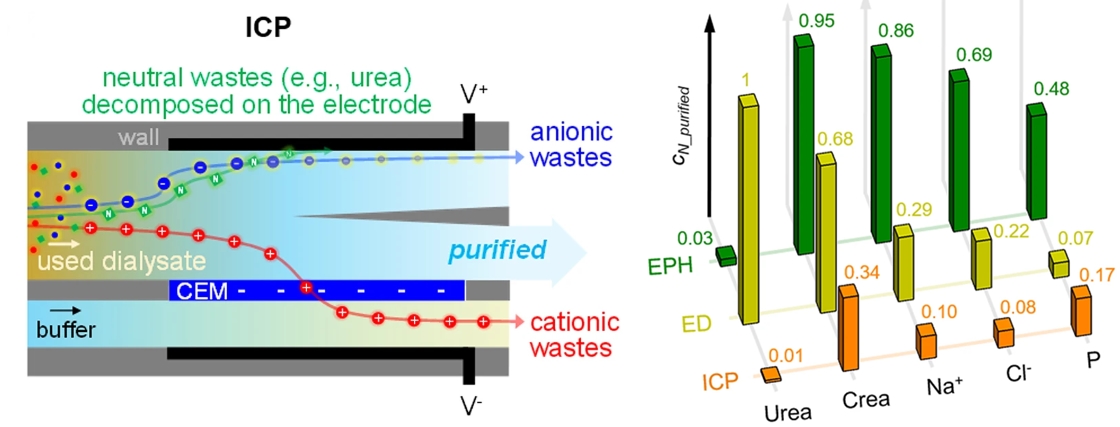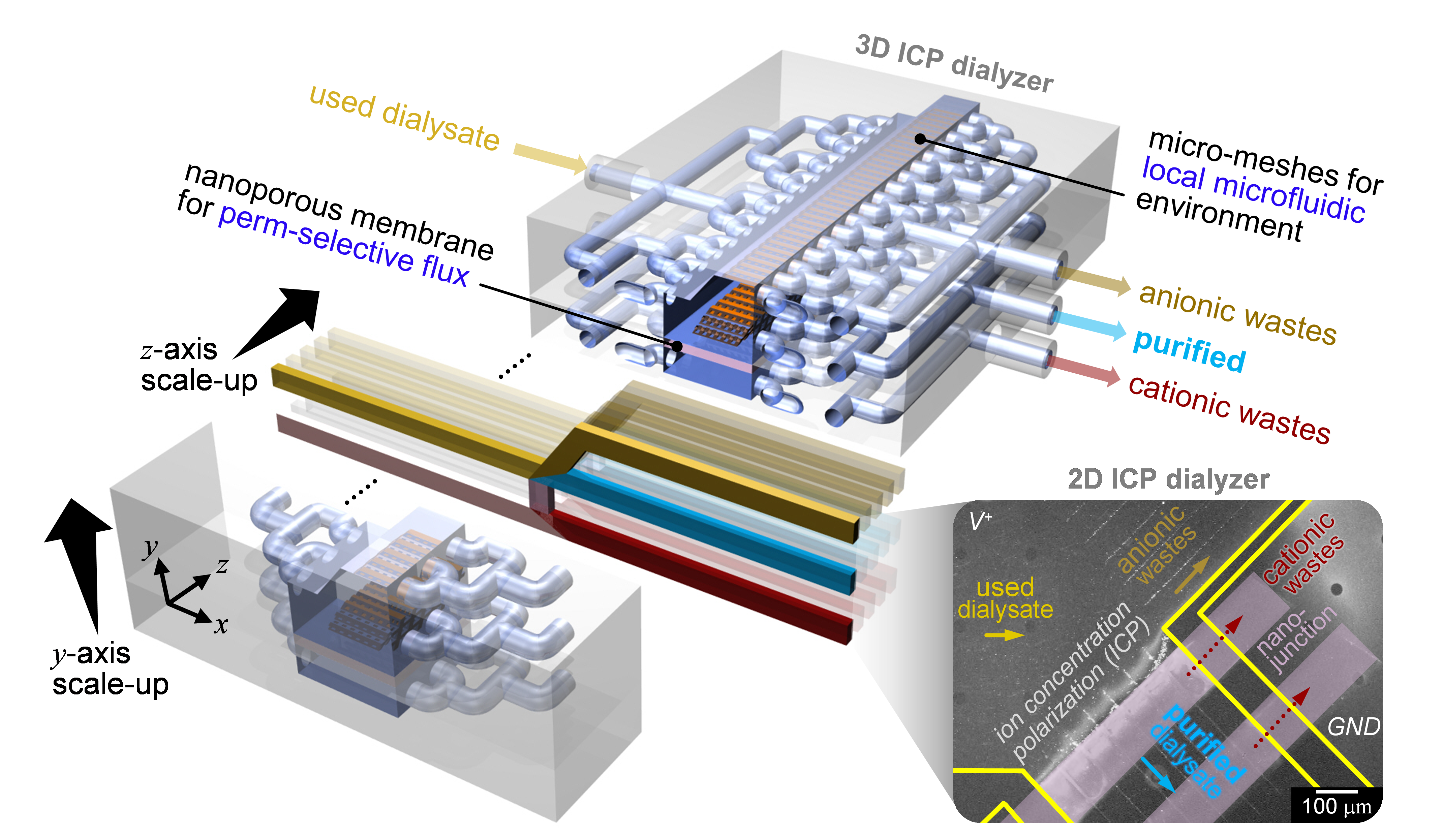- About
- Academics
-
Undergraduate Programs
- Civil and Environmental Engineering
- Architecture and Architectural Engineering
- Mechanical Engineering
- Industrial Engineering
- Energy Resources Engineering
- Nuclear Engineering
- Materials Science and Engineering
- Electrical and Computer Engineering
- Naval Architecture and Ocean Engineering
- Computer Science and Engineering
- Aerospace Engineering
- Chemical and Biological Engineering
-
Graduate Programs
- Civil and Environmental Engineering
- Architecture and Architectural Engineering
- Mechanical Engineering
- Industrial Engineering
- Energy Systems Engineering
- Materials Science and Engineering
- Electrical and Computer Engineering
- Naval Architecture and Ocean Engineering
- Computer Science and Engineering
- Chemical and Biological Engineering
- Aerospace Engineering
- Interdisciplinary Program in Technology, Management, Economics and Policy
- Interdisciplinary Program in Urban Design
- Interdisciplinary Program in Bioengineering
- Interdisciplinary Program in Artificial Intelligence
- Interdisciplinary Program in Intelligent Space and Aerospace Systems
- Chemical Convergence for Energy and Environment Major
- Multiscale Mechanics Design Major
- Hybrid Materials Major
- Double Major Program
- Open Programs
-
Undergraduate Programs
- Research
- Campus Life
- Communication
- Prospective Students
- International Office
News
Professor Sung Jae Kim’s Research Team at SNU Develops Portable Artificial Kidney, Paving the Way for Innovation in Kidney Failure Treatment
-
Uploaded by
대외협력실
-
Upload Date
2025.03.31
-
Views
438
Professor Sung Jae Kim’s Research Team at SNU Develops Portable Artificial Kidney, Paving the Way for Innovation in Kidney Failure Treatment
- Collaborative Research with SNU College of Medicine, SNU Hospital, and Hallym University Introduces Dialysis Method Utilizing Ion Concentration Polarization
- Artificial Kidney Developed for Continuous Regeneration of Peritoneal Dialysate Using Nanoelectrokinetic Technology
- Expected to Improve Quality of Life for Dialysis Patients, Expand Medical Accessibility, and Reduce Healthcare Costs
▲ (From left) Dr. Wonseok Kim (Department of Electrical and Computer Engineering, Seoul National University), Prof. Sunhwa Lee (Department of Nephrology, Kangwon National University Hospital), Prof. Yon Su Kim (Department of Nephrology, Seoul National University Hospital), Prof. Jung Chan Lee (Department of Biomedical Engineering, Seoul National University College of Medicine), Prof. Gun Yong Sung (Department of Materials Science & Engineering, Hallym University), and Prof. Sung Jae Kim (Department of Electrical and Computer Engineering, Seoul National University).
Seoul National University College of Engineering has announced that a research team led by Professor Sung Jae Kim of the Department of Electrical and Computer Engineering, in collaboration with Seoul National University Hospital, Seoul National University College of Medicine, and Hallym University’s Department of Materials Science & Engineering, has developed a compact peritoneal dialysis device that can be utilized as a portable artificial kidney.
This research was published on March 29 in the prestigious journal Journal of Nanobiotechnology in the field of biotechnology.
The number of patients on dialysis due to kidney failure continues to increase due to industrial development and changing dietary habits. Currently, the commonly used hemodialysis method to replace kidney function has limitations that greatly restrict patients' daily lives. Not only are the devices large, but they also require patients to spend four to six hours a day, two to three times a week in a hospital. Since the early 2000s, researchers in the U.S., Europe, and Japan have been leading the development of practical devices that individuals can carry around and dialyze with them, but the lack of technology to make miniaturized dialyzers has made commercialization elusive.
Peritoneal dialysis offers an alternative to hemodialysis. In this method, dialysis fluid is introduced into the peritoneal cavity, where it removes waste products through molecular exchange. This method allows patients to perform dialysis at home or in other locations, thereby maintaining a more normal lifestyle.
The joint research team demonstrated that a wearable peritoneal dialysis device could be realized by continuously purifying used dialysis fluid externally and reinfusing it into the peritoneal cavity. (See Figure 1) The team proposed a novel purification mechanism using ion concentration polarization (ICP), which utilizes Coulomb force to rapidly separate ions and particles, effectively removing waste products from the body.
▲ Figure 1. (Left) Conventional peritoneal dialysis method (Right) Overview of peritoneal dialysis with continuous dialysis fluid regeneration using ion concentration polarization
ICP is a nanoelectrokinetic phenomenon where a steep concentration gradient occurs near a nanoporous membrane due to its selective ion permeability. In this case, the purified solution collected from the low-concentration region near a nanoporous membrane can be used for dialysis. When an electric field is applied across the nanoporous membrane, Coulomb force accelerates ion separation, expanding the purification zone. However, conventional electrodialysis methods have limitations in fully purifying dialysis fluid, as urea—one of the main waste products in the body—is electrically neutral and unaffected by Coulomb force.
To overcome this, the research team further activated the nanoporous membrane's selective ion permeability, enabling the electrochemical decomposition and removal of not only charged waste products like creatinine but also neutral molecules like urea. This principle was experimentally validated using a microfluidic device, which controls fluid flow through microchannels to induce chemical reactions. (See Figure 2)
▲ Figure 2. (Left) Waste removal mechanism of ion concentration polarization dialysis (Right) Dialysis fluid purification through ion concentration polarization
The final challenge for the research team was increasing the dialysis fluid flow rate. To be viable as a wearable dialysis device, the device needed to achieve a fluid processing capacity of milliliters per minute. However, conventional microfluidic devices have a two-dimensional structure, limiting their capacity to microliters per minute, making sufficient flow rate expansion difficult.
To address this, the team designed a micro-mesh structure that forms a nano-scale electrohydrodynamic environment only near the nanoporous membrane, significantly increasing fluid throughput. As a result, they successfully developed a three-dimensional dialysis device. (See Figure 3) The device achieved a fluid processing rate of up to one milliliter per minute. When applied to a rat model of kidney failure, the device demonstrated an average waste removal rate of approximately 30% per dialysis cycle. 
▲ Figure 3. Three-dimensional ion concentration polarization dialysis device based on two-dimensional microfluidic technology (Scale bar: 1 cm)
If this peritoneal dialysis device is commercialized as a portable system, it is expected to significantly improve the quality of life for patients with kidney failure. Additionally, it could reduce medical costs, decrease medical waste, and enhance healthcare accessibility, particularly benefiting low-income and developing country patients.
Professor Jung Chan Lee from Seoul National University College of Medicine commented, “For this peritoneal dialysis device to be applied to humans, it must undergo medical device commercialization, safety evaluations, clinical trials, and regulatory approvals. While there is still a long way to go, this research is highly significant as it secures fundamental technology that could revolutionize end-stage renal disease treatment. Further investment and research are needed to ensure that patients can eventually benefit from this innovation.”
Professor Gun Yong Sung from Hallym University emphasized, “This achievement marks the first successful application of nanotechnology in artificial organs. It is rewarding to know that this research could offer a better quality of life for end-stage renal disease patients suffering from low satisfaction due to dialysis.”
Professor Yon Su Kim from Seoul National University Hospital stated, “Various treatments for chronic kidney disease have been implemented, but patients have struggled to maintain a normal daily life. If our research results are commercialized, chronic kidney disease patients will not only be able to maintain their daily activities more stably but also plan for a more active lifestyle.”
Professor Sung Jae Kim from Seoul National University’s Department of Electrical and Computer Engineering highlighted, “This research goes beyond merely developing an advanced compact dialysis device. It holds broad societal implications, including improving patients’ quality of life, expanding healthcare accessibility, reducing medical costs, and advancing the medical device industry. Although there were clear limitations in our rat model tests, if we integrate our ion concentration polarization-based waste removal and fluid expansion technology into artificial kidneys, end-stage renal disease patients will be able to gain mobility and significantly enhance their standard of living.”
Meanwhile, the first author of this study, Dr. Wonseok Kim, is currently working as a research professor at the Energy, Environment and Sustainability Laboratory in Seoul National University’s Department of Electrical and Computer Engineering. His research focuses on electro-bio convergence technologies, including wearable artificial kidneys and point-of-care diagnostic chips for sepsis. Co-first author, Professor Sunhwa Lee, is a professor at Kangwon National University Hospital’s Department of Nephrology.
[Reference Materials]
Paper Title/Journal: “Scalable Ion Concentration Polarization Dialyzer for Peritoneal Dialysate Regeneration,” Journal of Nanobiotechnology
DOI: https://doi.org/10.1186/s12951-025-03294-1
[Contact Information]
Prof. Sung Jae Kim, Seoul National University, Department of Electrical and Computer Engineering / +82-2-880-1665 / gates@snu.ac.kr